
Data Engineering Career Roadmap: 7 Things You Should Know About!
Mar 06, 2025 5 Min Read 4139 Views
(Last Updated)
In today’s data-driven world, where information fuels innovation and success, have you ever wondered about the minds behind the scenes who carefully design and manage the pipelines that transform raw data into valuable insights? Are you intrigued by the idea of crafting a data engineering career roadmap that bridges the worlds of technology, analytics, and business strategy that helps you land the job of your dreams?
If so, join us on a journey as we delve into the captivating world of data engineering—a dynamic field that not only powers the data revolution but also offers a varied range of exciting opportunities for aspiring professionals.
In this article, we’ll look into the details of a data engineering career roadmap, exploring more about the role, skills, tools, and strategies essential to thrive in this ever-evolving domain. So, without further ado, let’s get started.
Table of contents
- What Does a Data Engineer Do?
- Complete Data Engineering Career Roadmap
- Foundation
- Database Fundamentals:
- Data Manipulation and ETL
- Data Modeling and Architecture
- Big Data Technologies
- Cloud Platforms
- Conclusion
- FAQ
- What is a data engineer?
- What skills do data engineers need?
- How do data engineers differ from data scientists?
- What is a data engineering career roadmap?
What Does a Data Engineer Do?

At the heart of the modern data-driven ecosystem, a data engineer plays a pivotal role in constructing the foundations upon which valuable insights and informed decisions are built. Imagine the vast sea of data generated daily—raw, unstructured, and diverse. A data engineer’s task is to collect, process, transform, and organize this data into structured formats that can be efficiently analyzed and utilized by data scientists, analysts, and other stakeholders.
Data engineer architects maintain data pipelines, which are intricate systems that extract data from various sources, transform it to adhere to specific standards, and load it into storage or analytical databases.
They work with a variety of tools and technologies, from programming languages like Python and Java to data processing frameworks like Apache Spark and data warehousing solutions like Amazon Redshift or Google BigQuery.
These professionals collaborate closely with data scientists and analysts to understand their data requirements, ensuring that the right data is accessible and in the appropriate format. Additionally, data engineers often need to grapple with challenges related to data quality, reliability, and scalability, as they strive to build systems that can handle massive volumes of data efficiently and reliably.
In essence, data engineers lay the groundwork for data-driven success, acting as the architects behind the scenes who enable businesses to utilize the power of information for strategic decision-making, predictive analysis, and innovation.
Before we move to the next part, you should have a deeper knowledge of data engineering concepts. You can consider enrolling yourself in GUVI’s Big Data and Cloud Analytics Course, which lets you gain practical experience by developing real-world projects and covers technologies including data cleaning, data visualization, Infrastructure as code, database, shell script, orchestration, cloud services, and many more.
Additionally, if you would like to explore Data Engineering and Big Data through a Self-paced course, try GUVI’s Data Engineering and Big Data course.
Complete Data Engineering Career Roadmap
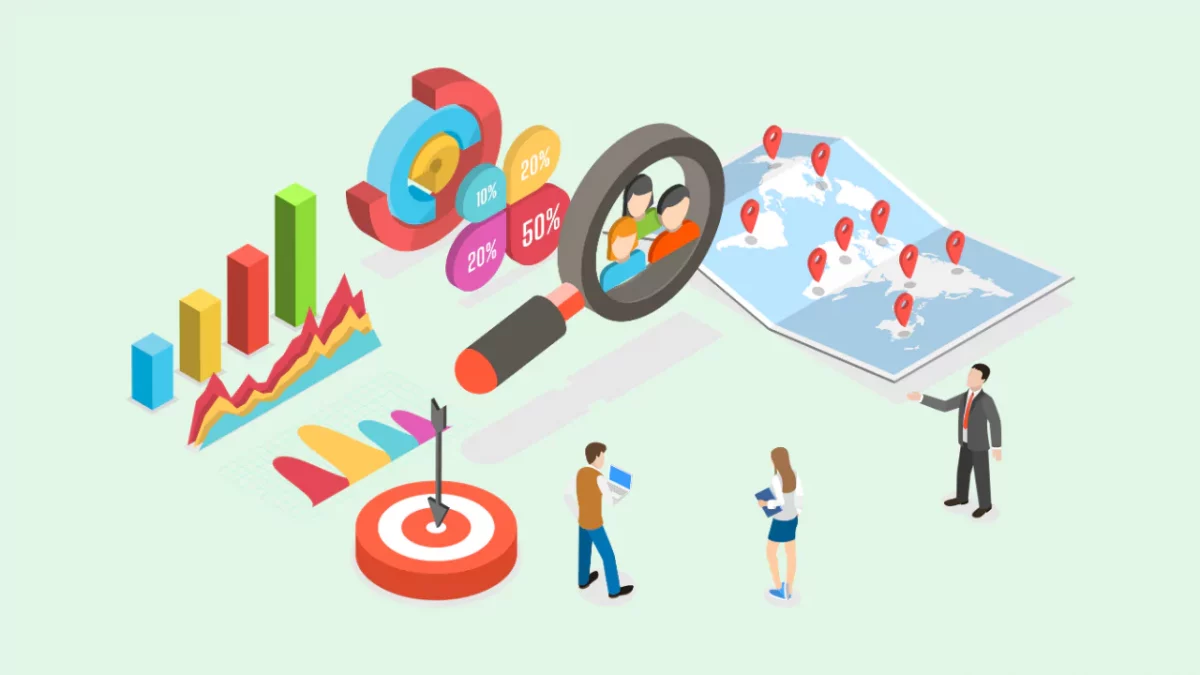
To ease up your process of learning and creating a career in data engineering, we set forth this section explaining in depth about data engineer and how you need to proceed to achieve big in the domain.
It is important to know about the skills required to be a data engineer beforehand in order to understand this section much more clearly. Here are some of the basic things that you have to learn in the data engineering career roadmap.
1. Foundation
Programming Languages:
- Importance: Programming is at the core of data engineering. It enables you to create scripts, automate processes, and build data pipelines.
- Focus on: Start by mastering one programming language, such as Python. Python is widely used in the data engineering field due to its versatility, readability, and extensive libraries for data manipulation and processing.
- Learning Path: Begin with basic syntax, variables, data types, and control structures. Progress to more advanced topics like functions, modules, and object-oriented programming.
SQL Fundamentals:
- Importance: SQL (Structured Query Language) is crucial for interacting with databases and performing data operations like querying, updating, and joining.
- Focus on: Learn the basic SQL commands such as SELECT, INSERT, UPDATE, DELETE, and JOIN. Understand database design concepts, primary keys, foreign keys, and normalization.
- Practice: Work with sample databases to practice writing queries and retrieving data.
2. Database Fundamentals:
This phase is crucial for understanding the core concepts and skills related to working with databases, which are the foundation of data storage and management in the field of data engineering:
Relational Databases:
- Introduction to Relational Databases: Start by understanding what relational databases are and how they organize data into tables with rows and columns.
- Database Management Systems (DBMS): Learn about popular relational database management systems like MySQL, PostgreSQL, Microsoft SQL Server, and Oracle.
- SQL Syntax and Queries: Dive into SQL (Structured Query Language) to create, read, update, and delete data in databases. Study the SELECT statement and learn about filtering, sorting, and joining tables.
- Creating and Modifying Tables: Learn to design and create tables, and define data types, primary keys, and foreign keys. Understand how to modify table structures when needed.
- Basic Administration: Gain insight into basic database administration tasks like user management, access control, and backups.
NoSQL Databases:
- Introduction to NoSQL Databases: Understand the concept of NoSQL databases, which provide alternatives to the structured nature of relational databases.
- Types of NoSQL Databases: Explore different types of NoSQL databases, including document-based (e.g., MongoDB), column-family (e.g., Cassandra), key-value (e.g., Redis), and graph databases (e.g., Neo4j).
- Data Modeling in NoSQL: Learn how data modeling differs in NoSQL databases, focusing on flexible schema designs and how data is stored in documents, columns, or key-value pairs.
- CRUD Operations: Master CRUD (Create, Read, Update, Delete) operations in various NoSQL databases. Understand how to perform these operations on documents, columns, or keys.
- Use Cases: Explore scenarios where NoSQL databases are more suitable, such as handling unstructured or semi-structured data and scaling horizontally.
Database Design and Normalization:
- Entity-Relationship Diagrams (ERDs): Learn how to create ERDs to visually represent database structures, tables, and their relationships.
- Normalization: Understand the normalization process to organize data efficiently, reduce redundancy, and minimize anomalies. Study concepts like first normal form (1NF), second normal form (2NF), and third normal form (3NF).
- Denormalization: Explore the concept of denormalization and when it’s appropriate to sacrifice some normalization for performance gains.
3. Data Manipulation and ETL

This is essential for understanding how to work with data from various sources, cleanse and transform it, and then load it into storage systems for analysis:
Data Extraction:
- Data Sources: Learn to extract data from diverse sources, including databases, APIs, flat files (CSV, JSON), logs, and web scraping.
- APIs: Understand how to make API requests using libraries like
requestsin Python, retrieve JSON or XML responses, and parse the data. - Flat Files: Explore methods to read and parse data from flat files using libraries like
csvfor CSV files andjsonfor JSON files. - Web Scraping: Gain basic knowledge of web scraping techniques using libraries like
BeautifulSouporScrapyto extract structured data from websites.
Data Transformation:
- Data Cleaning: Learn how to identify and handle missing data, outliers, and inconsistencies in the dataset. Techniques include imputation, filtering, and data validation.
- Data Formatting: Understand how to format and standardize data for consistency, such as converting date formats, handling units, and normalizing text.
- Data Enrichment: Explore methods to enrich data by merging datasets, adding calculated columns, and incorporating external data sources.
- Data Aggregation: Learn how to aggregate data by performing operations like summing, averaging, and grouping to create summary insights.
ETL Process:
- Extract: Fetch data from source systems using appropriate methods, ensuring data consistency and accuracy.
- Transform: Apply data transformation operations like cleaning, formatting, enrichment, and aggregation to prepare data for analysis.
- Load: Load the transformed data into destination systems, optimizing for performance and maintaining data integrity.
Data Quality and Validation:
- Data Quality Checks: Learn about implementing data quality checks during the ETL process to ensure the accuracy and completeness of the data.
- Data Validation: Understand how to validate data against predefined business rules or constraints to prevent errors.
- Error Handling: Explore techniques to handle errors that may occur during the ETL process, such as logging, retry mechanisms, and data lineage tracking.
4. Data Modeling and Architecture
In the Data Modeling and Architecture phase of the data engineering career roadmap, individuals delve into the intricacies of structuring and organizing data for optimal storage, retrieval, and analysis.
This phase encompasses understanding the principles of data modeling through entity-relationship diagrams (ERDs), which aid in visualizing database structures and relationships.
Additionally, learners explore data warehousing architecture, including star and snowflake schemas, to facilitate efficient analytical querying.
Mastery of this phase empowers data engineers to design and create databases that align with business requirements, ensuring data integrity, scalability, and accessibility, ultimately forming the backbone of robust data systems.
5. Big Data Technologies
The Big Data Technologies phase in the data engineering career roadmap immerses individuals into the realm of handling vast volumes of data by comprehending the intricacies of prominent tools and frameworks.
This entails mastering the Hadoop ecosystem, encompassing Hadoop Distributed File System (HDFS) for scalable storage and Apache Hive for querying structured data.
Moreover, learners delve into Apache Spark, a versatile engine for distributed data processing, machine learning, and real-time analytics, enabling them to harness parallel processing and execute complex data operations on large datasets efficiently.
Proficiency in these technologies equips data engineers to tackle the challenges of big data, empowering them to design and develop robust pipelines for managing and analyzing data at scale.
6. Cloud Platforms
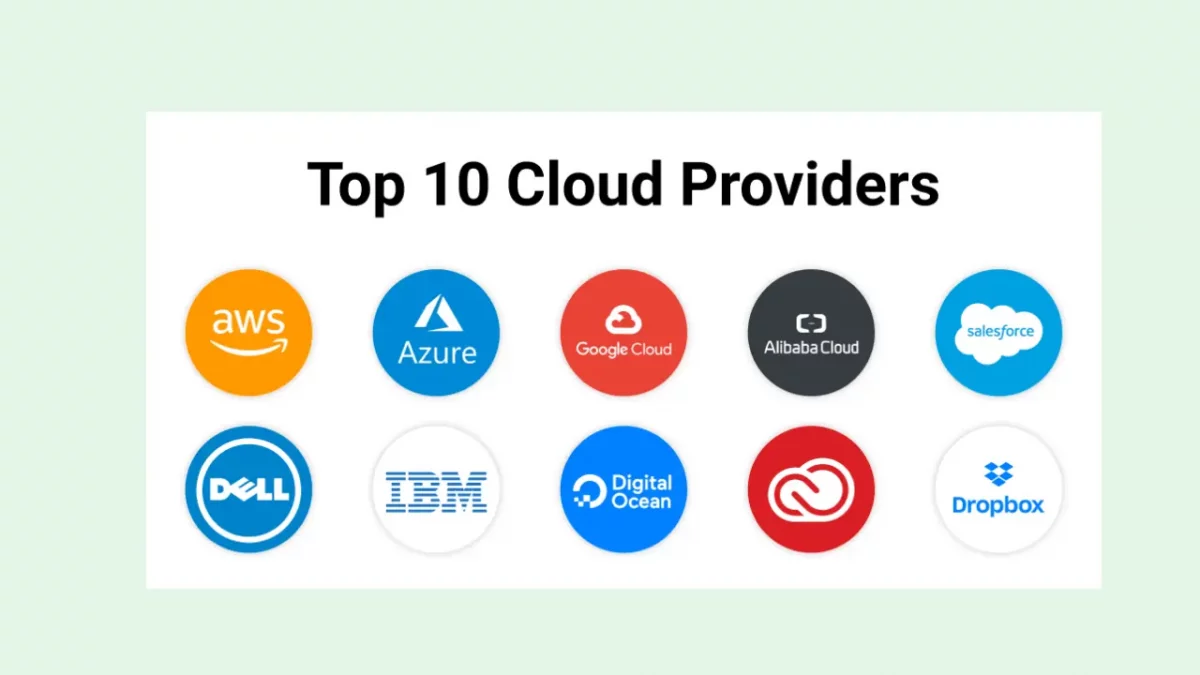
In the Cloud Platforms phase of the data engineering career roadmap, individuals embark on a journey to harness the power of cloud computing for data storage, processing, and scalability.
Here, learners delve into prominent cloud providers such as AWS, Azure, or Google Cloud, gaining expertise in provisioning virtual machines, creating storage resources, and configuring networking components.
By understanding cloud storage services like Amazon S3 or Google Cloud Storage, data engineers can seamlessly store and manage vast datasets, ensuring reliability, accessibility, and cost-effectiveness.
This phase empowers data engineers to leverage cloud-based infrastructure for deploying data pipelines, processing workloads, and adapting to changing data demands, thereby fostering an agile and scalable data ecosystem.
Conclusion
As we conclude this exploration of the data engineering career roadmap, it becomes clear that data engineering requires a strategic blend of foundational skills and cutting-edge technologies.
The roadmap we’ve traversed serves as a guide illuminating the path from mastering programming languages and database fundamentals to creating intricate data pipelines on cloud platforms.
Kickstart your career by enrolling in GUVI’s Big Data and Cloud Analytics Course where you will master technologies like data cleaning, data visualization, Infrastructure as code, database, shell script, orchestration, and cloud services, and build interesting real-life cloud computing projects.
Alternatively, if you want to explore Data Engineering and Big Data through a Self-paced course, try GUVI’s Data Engineering and Big Data course.
FAQ
A data engineer is a professional responsible for designing, building, and maintaining data pipelines that extract, transform, and load data from various sources to data storage systems, enabling data-driven decision-making.
Data engineers require skills in programming (e.g., Python, SQL), database management, ETL processes, data modeling, big data technologies (e.g., Hadoop, Spark), cloud platforms (e.g., AWS, Azure), and collaboration with data scientists and analysts.
Data engineers focus on data infrastructure and pipelines, ensuring data is accessible and transformed. Data scientists focus on analyzing data for insights and building predictive models.
A data engineering career roadmap is a structured guide that outlines the essential skills, concepts, and technologies aspiring data engineers need to master in order to build a successful career in the field of data engineering.














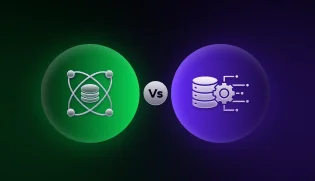
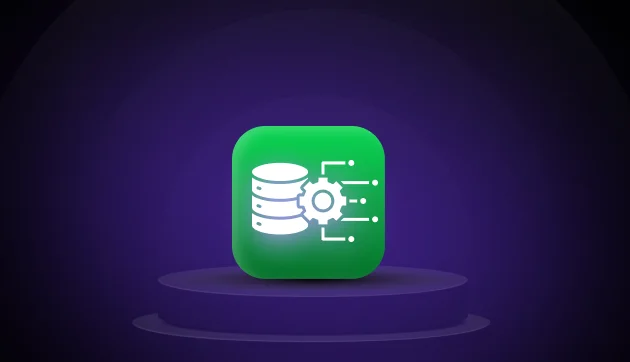
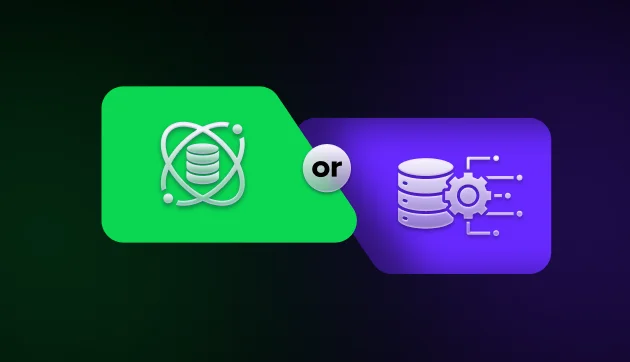
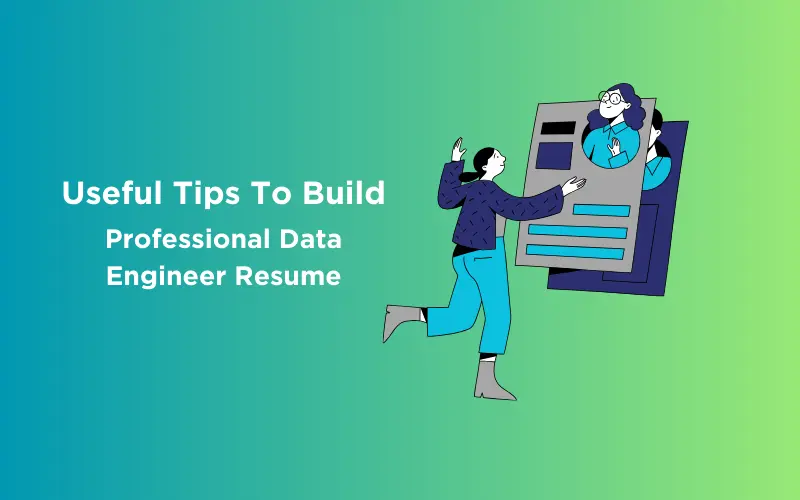


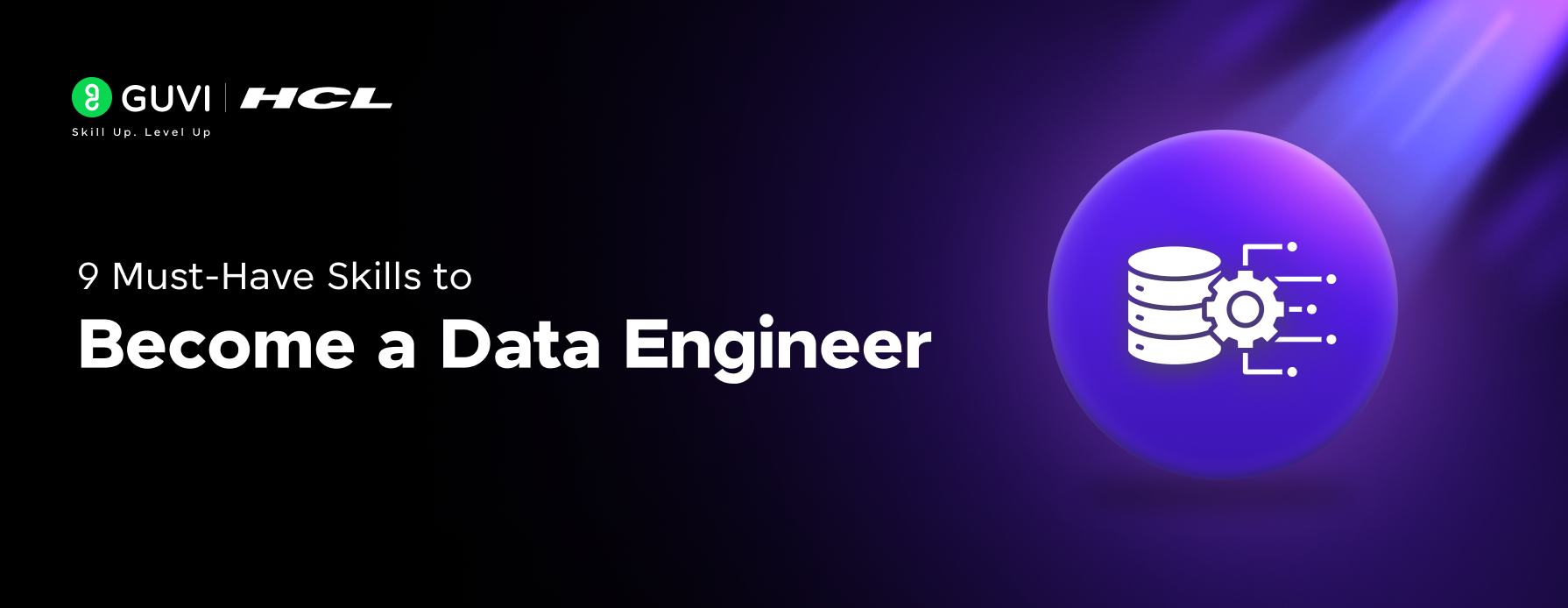

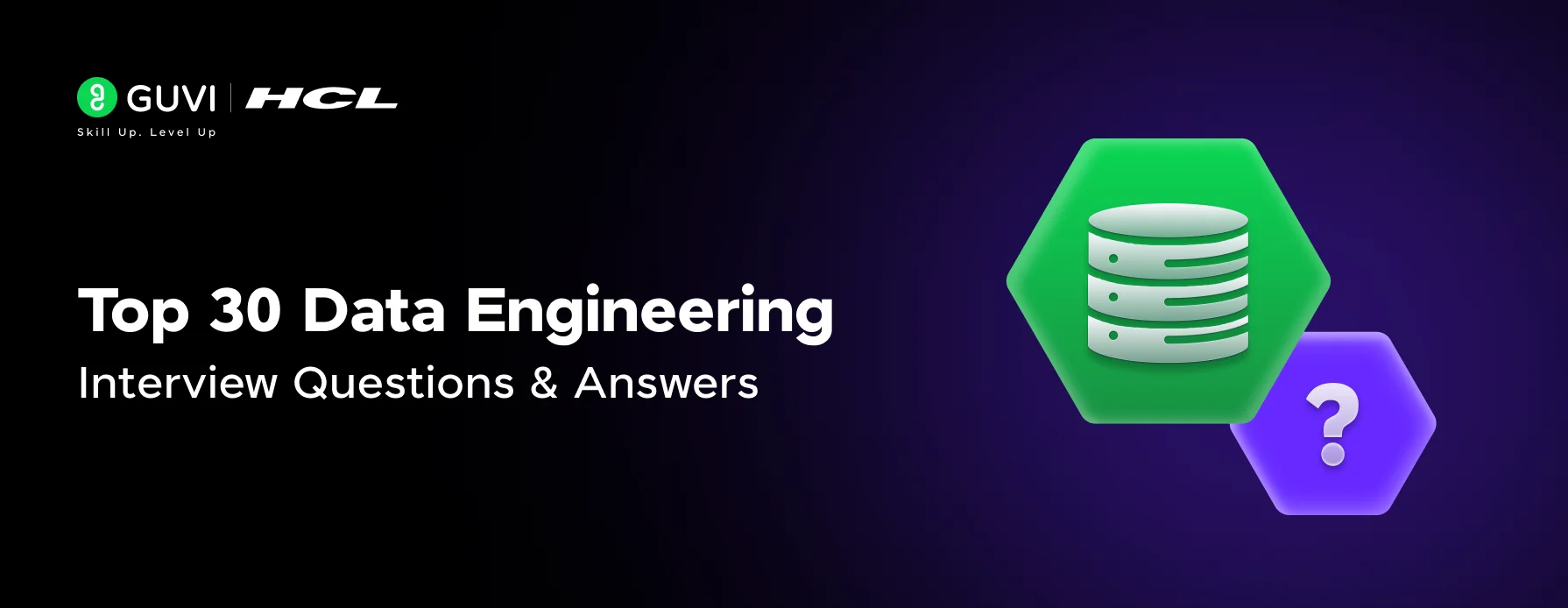

Did you enjoy this article?